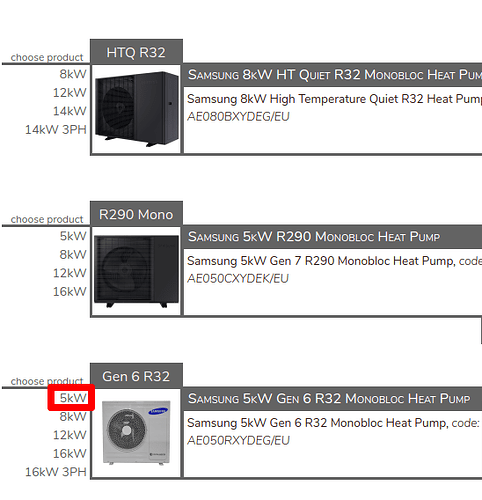Hi Everyone,
This looks like a great community… This is my first post and I really hope that someone can help with a few questions regarding a new Air Source Heat Pump installation I am planning to install in the not too distant future.
I am particularly interested in optimizing’s my DHW setup as it would appear that this if often the achilles heel of most ASHP setups when it comes to maximizing the systems performance.
Background:
I live in Denmark and have recently renovated my 180m2 house with underfloor heating using 150mm pipe spacing throughout the house. (No radiators) In addition to installing the required (Danish building regs) 400mm of floor insulation and 300-400mm of loft insulation.
Currently I can run my old gas boiler at 30-35C with outdoor temperatures at -12C without any issues.
According to my calculations using the MCS Heat Loss Excel Spreadsheet I have a total heat loss of 5,7kw having adjusted the MCS spreadsheet so that the Outside Design Temperature (ODT) and the Degree Days (DD) match my location here in Denmark.
On top of this we have 4 people in our household and 2 bathrooms both with high flow shower heads installed.
What I have discovered so far
After a lot of research and calculations I have come to the conclusions that I want to purchase a “Vaillant AroTherm Plus 7Kw” which I believe will be sufficient to meet our heating requirements.
But what I am really curious about is which Unvented Indirect DHW Cylinder I should go for?
I read a great article looking into various DHW Cylinders performance written by @Zarch which I would really encourage everyone to read. It’s a great comparison of how various types of cylinder effect your SCOP, well worth the read.
What I am really interested in is how say a Newark Heat Geek Cylinder with a 6m2 coil surface area compares to say a Vaillant uniStor 300L cylinder when it comes to return of investment?
Looking at current prices for a Vaillant uniStor 300L Cylinder (Currently £1100) compared to a Newark Heat Geek 300L Cylinder (Quoted Price: £2500) I am a little unsure that there is a viable argument for purchasing the Newark Cylinder.
I noticed that @Zarch had the Newark Heat Geek 250L cylinder priced at £1,869 (retail price*). I would be very interested in knowing if this is a stainless steel cylinder with the outer case and what insulation it comes with as standard???
With a £1400 price increase compared to a standard ASHP DHW Cylinder I am really not sure that it will ever provide a return on the initial investment based on the savings it should otherwise give?
P.S. I would be happy to share my quote from Newark with anyone who is interested unfortunately as a new user I am not able to upload files to the community.
